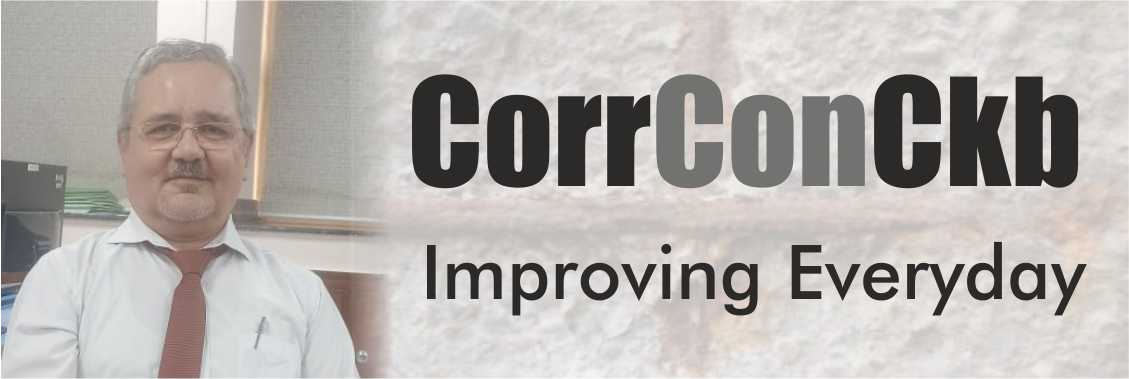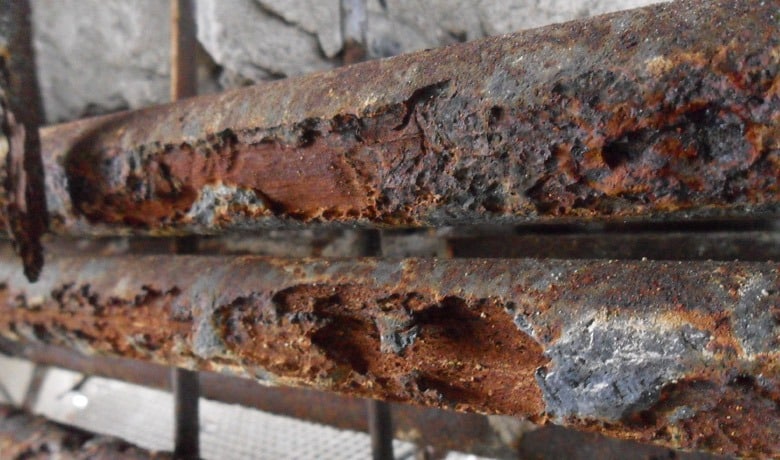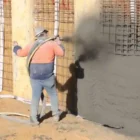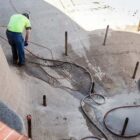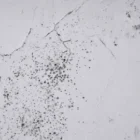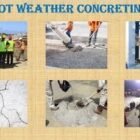
Reinforcement corrosion happens for RCC members in corrosive surroundings. Lot has been discussed on this subject. An effort is being made here to add some new dimension to the subject.
Increase in volume of steel is one of the most significant effects of reinforcement corrosion. The incremental volume exerts pressure on compact core of concrete which gives rise to crack in concrete member and that is beginning of the end.
It is necessary to understand the factors which have caused corrosion. Corrosion caused by chemical conditions like penetration of corrosive chemicals within concrete mass, salinity, humidity etc. possess potential to corrode reinforcement steel of RCC member.
Corrosion caused by adverse chemical conditions has to be examined under close inspection. This is because if corrosive chemicals or conditions have been able to affect reinforcement steel, they would also have a potential to affect concrete mass and corrode concrete too. This corrosion affecting concrete can be noticed only after concrete is fairly damaged. Extension of reinforcement corrosion to concrete is a process of interlink of potential hazard of concrete deterioration. Rust which is trying to get accommodated ends up in cracking the concrete matrix. The space created by this cracking then stores the corrosive elements. Stagnancy of these corrosive elements within concrete mass gives them an ample opportunity to react with concrete ingredients and deteriorate the concrete matrix.
The process is blind hence it can be noticed only after a big damage is done and failure is just on its threshold. The root cause of such mysterious damage to concrete member is reinforcement corrosion. Hence let us be very very cautious in mitigating reinforcement corrosion.
